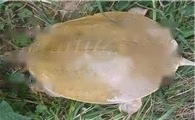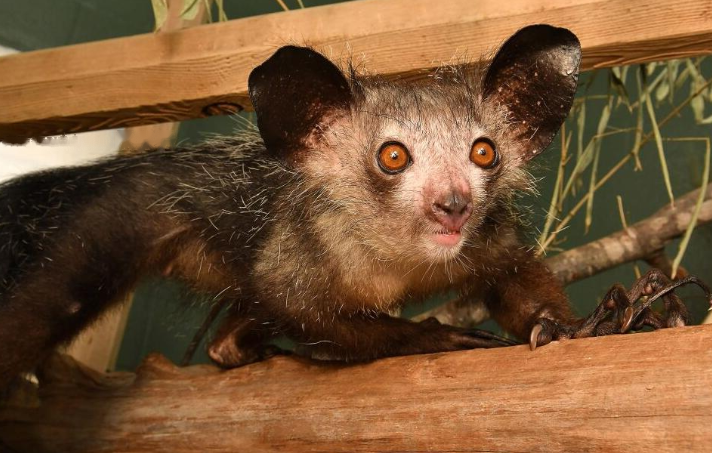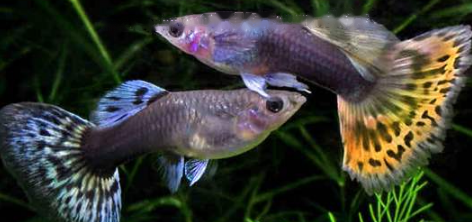
[Chinese name] Yellow sand turtle
[Latin name] Trionyx Sinensis
[Distribution] Distributed in Guangxi, China The Xijiang River Basin of Guangdong
[Classification] Chordates, Reptiles, Turtles
II. Physical Characteristics
Body shape: Yellow sand turtle shell is about 20CM long and weighs about 500g.
Morphological characteristics: The body is blunt, round and flat in appearance, with a light khaki-yellow back. The structure, shape, and pattern of the vertebrae and ribs can be clearly seen on the carapace, and the epidermis folds on both sides of the spine are intermittently or uninterrupted longitudinally curved. The fold lines are very obvious, the skirt is thick and hard, the skirt edge at the back of the turtle body is golden yellow, there are many wart grains on the tail skirt, and the hand feels sandy, and the wart grains distributed on the front edge of the carapace are rare.
III. Living habits
Habitat: Yellow sand turtles live in rivers, lakes, ponds and other places with gentle flow.
Food: Likes to eat fish, shrimp, insects, etc., and also eats plant food such as aquatic plants and cereals.
Reproduction: The 3-year-old soft-shelled turtle reaches sexual maturity, mates in water from April to May, and lays eggs in 20 days. The eggs are repeatedly laid until the end of August; usually only 4 to 6 eggs are laid for the first time. Females weighing about 500 grams can lay 24 to 30 eggs. Female soft-shelled turtles over 5 years old can produce 50 to 100 eggs a year; females can generally lay eggs 3 to 4 times during the breeding season.
The above is the basic introduction of the yellow sand turtle. Welcome to discuss.
![[Original] Sharing of popular science knowledge of ringed map turtles](/static/img/11249/11249_1.jpg)




